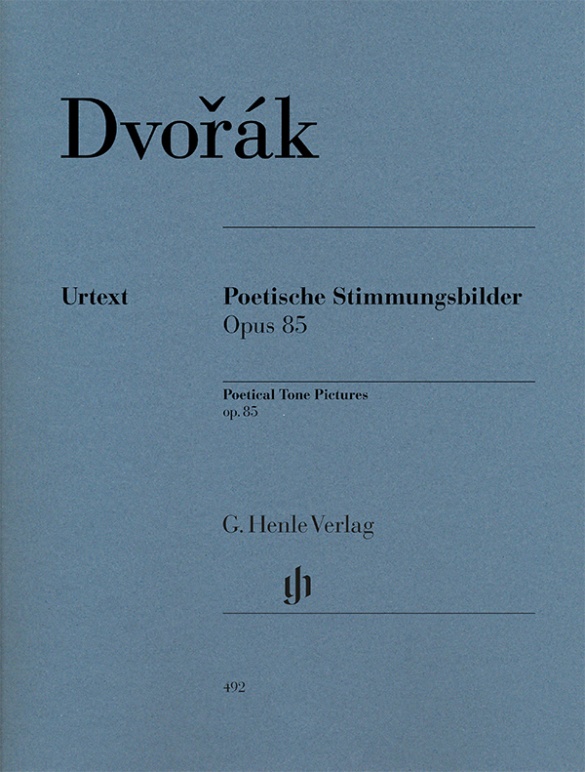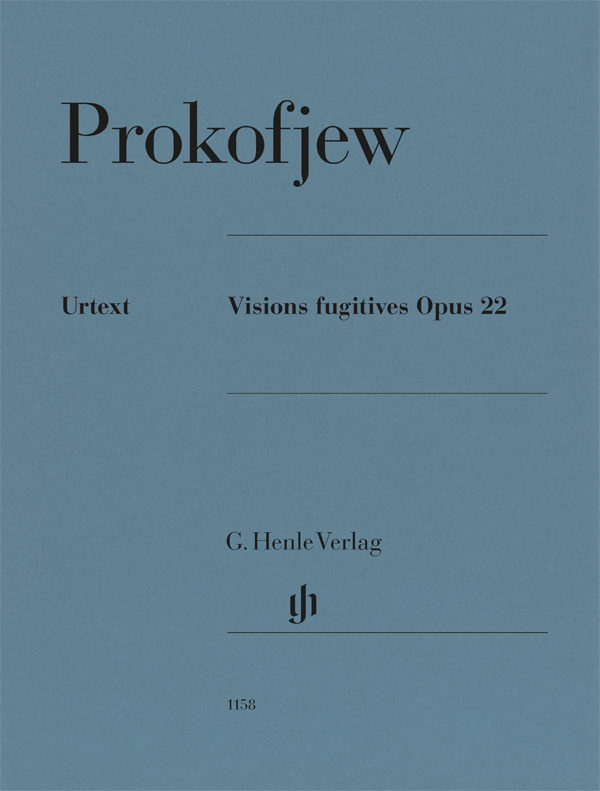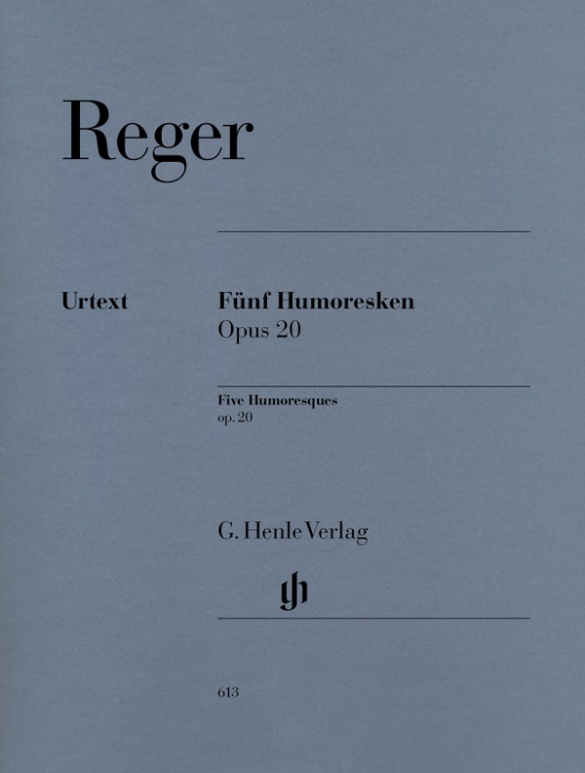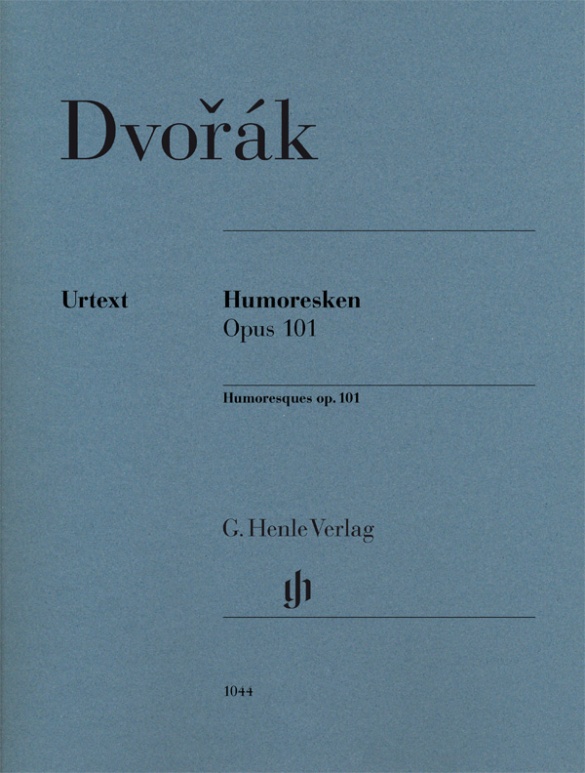

Antonín Dvorák
Humoresques op. 101
In the summer of 1894, Antonín Dvorák interrupted his stay in America in order to spend his holidays back in his homeland of Bohemia. During those happy weeks, he wrote his eight Humoresques for piano. But this music is not by no means as “Bohemian” as one might suppose. We know that Dvorák had already sketched some of the material for these pieces in New York, and there are also indications that the composer initially considered writing a series of Scottish dances. In other words, these are thoroughly international pieces, with an inflexion all of their own. And they are of a medium level of difficulty, enabling pianists of all ages to discover a lot more than just the famous, catchy tune of no. 7. This Henle Urtext edition is based on the first print, which the editors have carefully checked against the autograph.
Read more about this edition in the Henle Blog.
Content/Details
(Explanation)
About the Composer
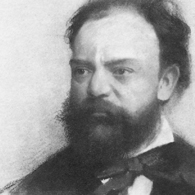
Antonín Dvorák
With Smetana he is the most famous Czech composer of the nineteenth century, contributing to the dissemination and appreciation of Czech music throughout the world. Among his around 200 works, encompassing all standard genres, are nine symphonies, fourteen string quartets, and twelve operas.
| 1841 | Born in Nelahozeves (Mühlhausen) on the Vltava River on September 8, the son of a butcher and innkeeper. |
| 1853 | Attends the training school in Zlonice; there he receives a comprehensive musical education from Josef Toman and the cantor Antonín Liehmann; subsequent education in Česká Kamenice (1856–57). |
| 1857–59 | Studies at the organ school in Prague. Until 1871 he will earn his living as a music teacher, organist, and violist. |
| 1861 | String Quintet No. 1 in A minor, considered his first work. |
| 1862 | Position as solo violist in the orchestra of the Bohemian Provisional Theater (conducted by Smetana, among others) |
| 1873 | Breakthrough with the premiere in Prague of his patriotic hymn “The Heirs of the White Mountain,” Op. 30. Employment at the private Prague School of Music. Several state scholarships. |
| 1874–77 | Organist at St. Adalbert church. |
| from 1876 | “Moravian Duets,” Opp. 20, 29, 32, and 38 (1876–77), “Slavonic Rhapsodies,” Op. 45 and the first series of “Slavonic Dances,” Op. 46 (both from 1878) enjoy great success. His fame abroad grows. |
| 1882 | Premiere of the opera “Dimitrij”, in the tradition of grand opera. |
| 1884 | First invitation to England, after which eight more will follow. |
| 1886 | Premiere of his oratorio “Saint Ludmila,” Op. 71. |
| 1891 | Professor of composition at the Prague Conservatory. |
| 1891–95 | Director of the National Conservatory of Music in New York. |
| 1893 | Premiere in New York of Symphony No. 9, “From the New World,” Op. 95 (American folkloric elements, cyclic techniques). |
| 1901 | Premiere in Prague of his most famous opera, “Rusalka.” |
| 1904 | Premiere in Prague of his last opera, “Armida.” Death in Prague on May 1. |
Product Safety Informations (GPSR)

G. Henle Verlag
Here you can find the information about the manufacturer of the product.G. Henle Verlag e.K.
Forstenrieder Allee 122
81476 München
Germany
info@henle.de
www.henle.com
Man kann es sich fast schon denken, dass Dvoráks "Humoresken" jener Klavierzyklus ist, dem auch die berühmte Humoreske entstammt. Aber vielleicht sollte man sich ja doch mal die anderen sieben Humoresken anschauen, die ein ziemlich kärgliches Schattendasein führen und nur darauf warten, wiederentdeckt zu werden. Die frisch aufgelegte Henle-Ausgabe des Zyklus ist dafür bestens geeignet.
Piano News, 2018Excellent Urtext de Christian Schaper et Ulrich Scheideler chez Henle.
La Lettre du Musicien, 2018推荐
autogenerated_cross_selling
本书目其他版本
本书目其他版本


